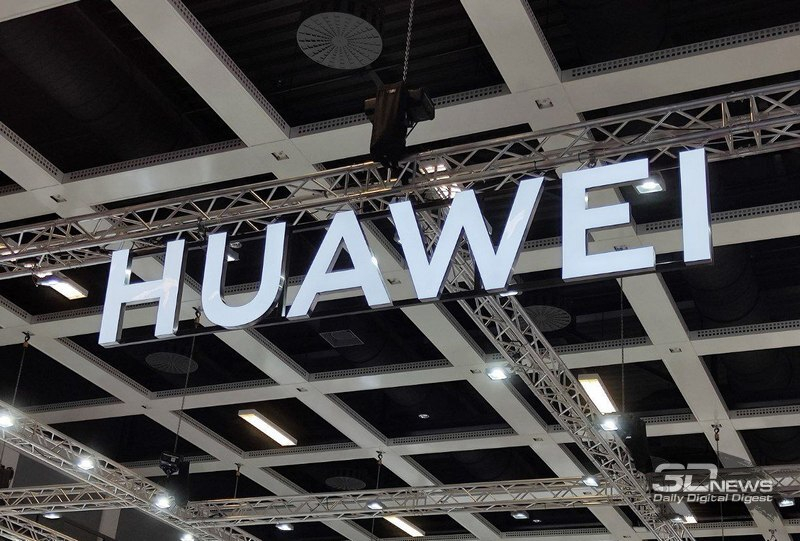how China solves the problem of chip production
What’s happening?
We are talking about the fact that Huawei has recently been developing a system for automated design of its own chips. This is an independent industry that does not depend on the United States in any way. So, the company’s engineers created electronics design automation (EDA) tools for microcircuits manufactured using 14 nm technology.
In total, the company’s representatives have developed 78 tools that are somehow related to the software and hardware needed for the production of chips. Now the tools are being tested, the results will be known by the end of the year. The tools are not only developed by Huawei engineers, the project is being implemented by several companies, but in this group it is Huawei that does the lion’s share of the work.
As for the 14nm process technology, despite its relatively old age (the first 14nm chips appeared around the mid-2010s), it is still in demand. Particularly in the telecommunications industry. First of all, Huawei plans to use the chips itself, but, most likely, it will also produce them by order of other companies.

In general, this project some experts called a breakthrough.
By the way, perhaps it is thanks to the mentioned developments that Huawei will produce a modern chip, which we have already written about. The Chinese processor received the project name KC10, in the final, most likely, the model will be called Kirin 9010.
And this is a fairly efficient chip. In particular, it scores, according to media representatives, approximately 1.3 million points in the AnTuTu synthetic test, while the result of Snapdragon 8 Gen 2 in the same test is 1.27 million points. Of course, individual results of popular benchmarks are not an indicator, but you can at least get an idea of the capabilities of the chip.
As for the release of chips, it is possible that Huawei’s partner in this matter will be SMIC, a Chinese competitor to TSMC. And this company is just able to fulfill orders for the production of 14-nm chips, so it becomes clear why China has limited itself to 14 nm so far.
What else?
China continues to “headhunt”. But not literally, but figuratively. Representatives of the People’s Republic of China poach talented engineers from other companies, including TSMC. The incentive for the transition is a triple salary. That’s right – not a little increased, say, by 30%, but tripled. Such an offer is difficult to resist, so many engineers succumb.

In addition to the salary, companies from China offer other benefits, including good health insurance, parental leave, and pretty good education benefits. Of course, the representatives of China did not forget about the awards either. The most valuable employees receive options from their companies, which encourages them to perform even better.
It is worth noting that the “headhunting” is not carried out spontaneously. The fact is that at the end of February, representatives of the Chinese industry and scientists from the Chinese Academy of Sciences spoke about a new strategy to save the Chinese information technology industry from Western sanctions and destruction.
The first point of the plan is to attract professionals to the industry. The authors of the plan believe that a good specialist should receive a lot of money in order to be interested in his work.
By the way, this is not the first time China has attempted to hunt down professionals, including TSMC. So, in the fall of 2020, the Chinese managed to lure two-thirds of valuable personnel from TSMC.
You may also be interested in these texts:
→ Ways to organize infrastructure with databases: from simple to complex and efficient
→ Useful materials on Data Science and machine learning that will help you get through the jungle of terms
→ How to develop a kanban board with Django, DRF and Alpine.js
It is clear that Taiwan sees what is happening and understands the threat very well. TSMC mentioned above in the autumn began to take urgent measures to eliminate it. In particular, equipment suppliers were forbidden to share with Chinese partners technological solutions that were developed by order of the company. Also, engineers began to raise salaries so that China’s conditions were not too attractive for them. How effective these measures are is not clear, but apparently not very much.

The Taiwanese government commented on China’s actions as follows: “Due to geopolitical tensions between the US and China, the development of the semiconductor industry in China has slowed down. As a result, China has become more aggressive in poaching and recruiting top Taiwanese chip design and manufacturing experts to build a self-sustaining technology chain.”



